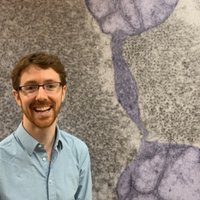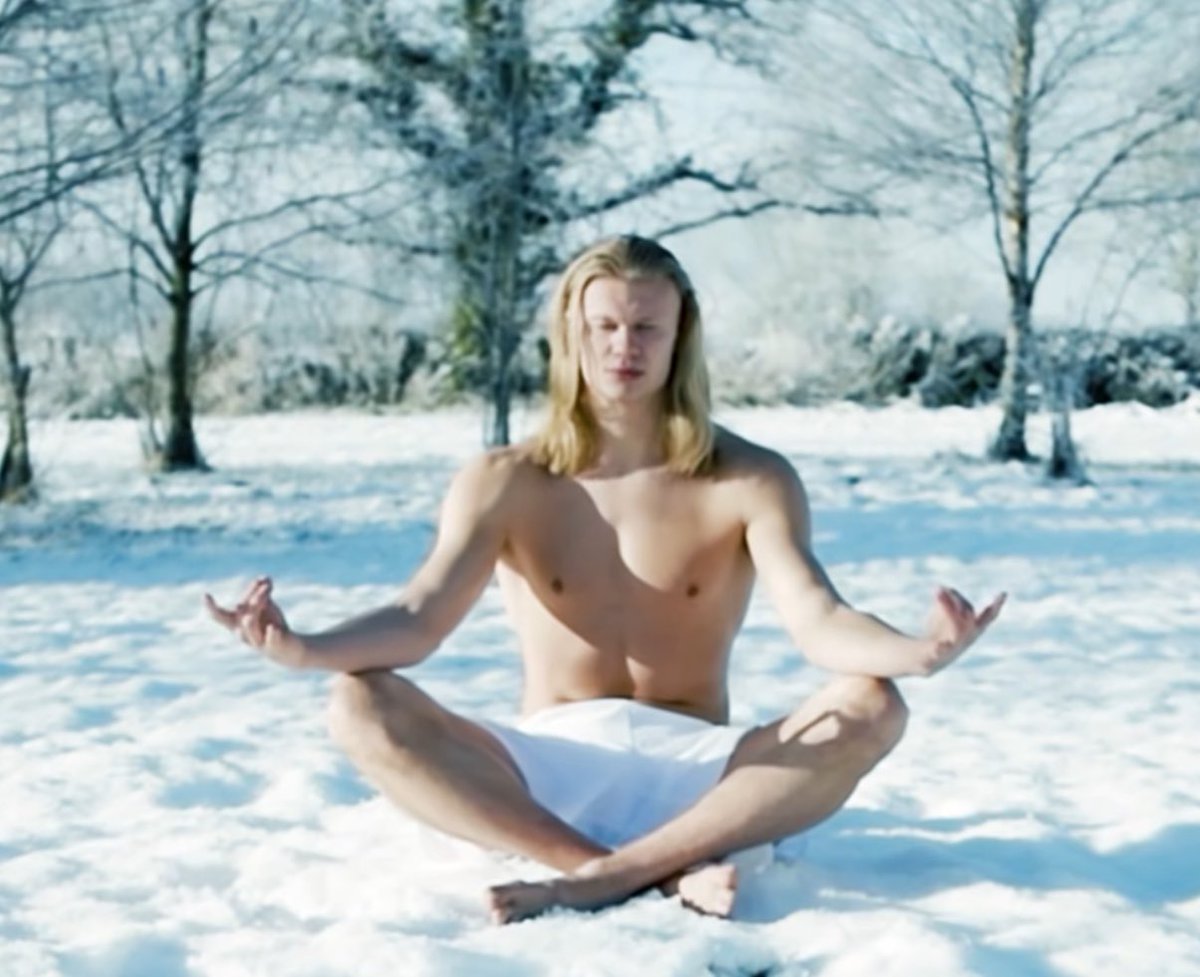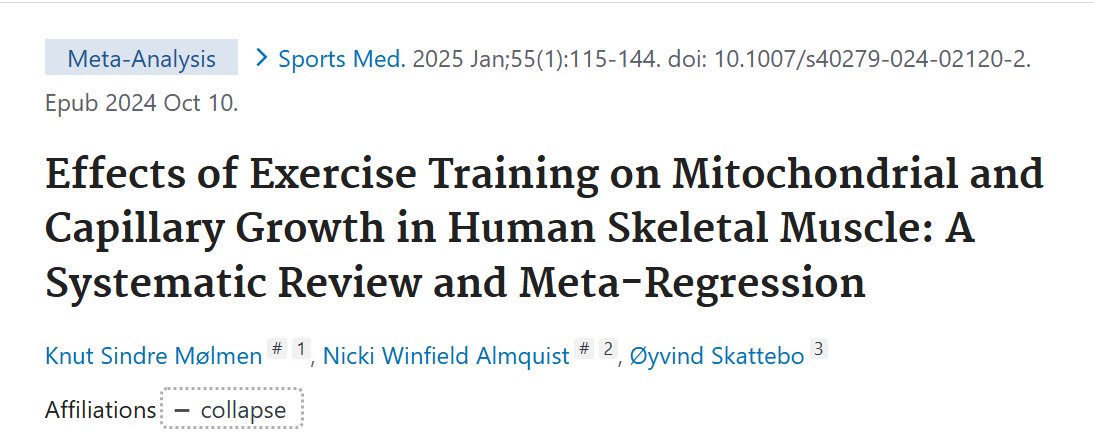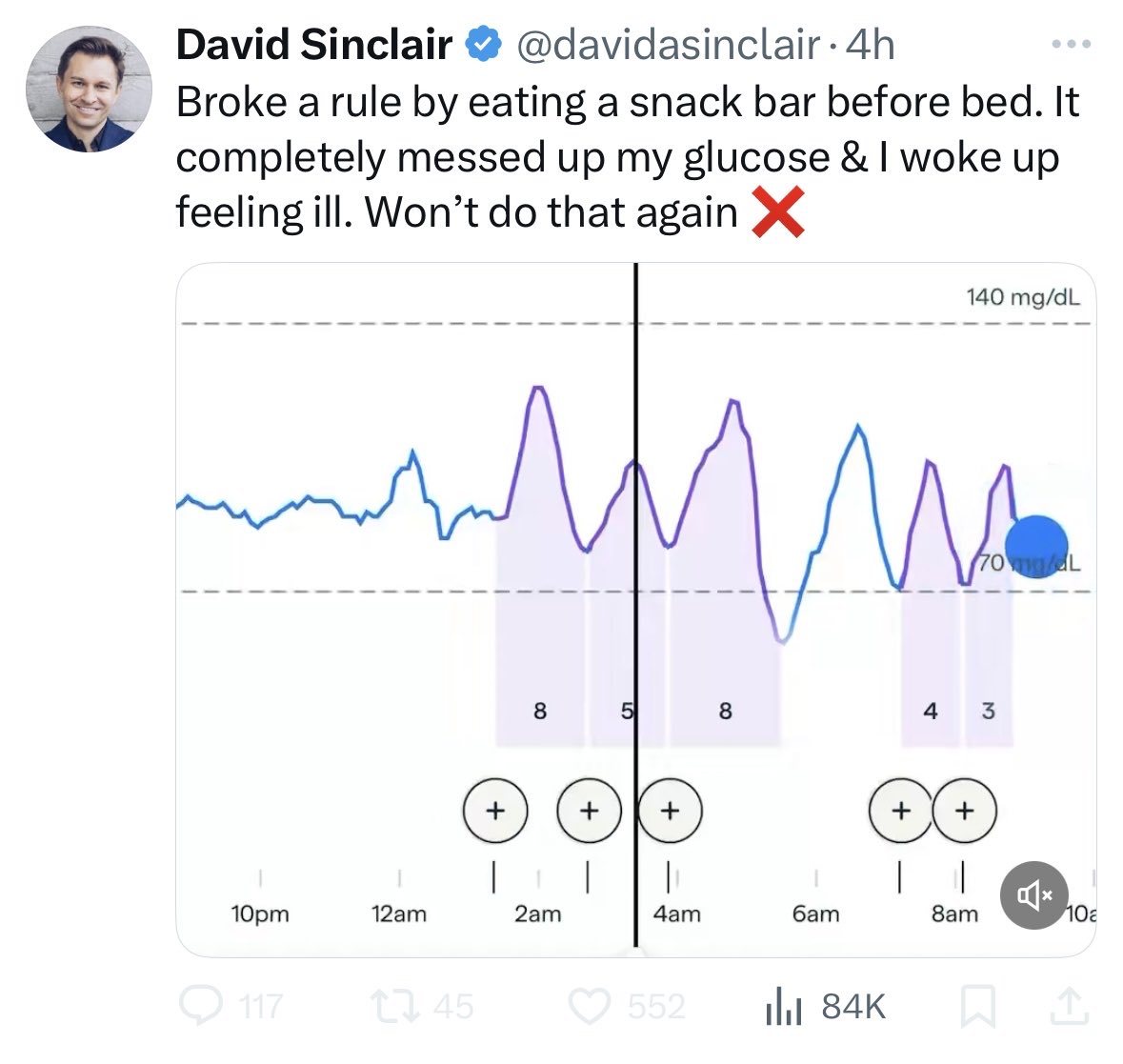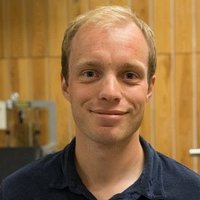
Knut Sindre Mølmen
@mrmoelmen
PhD in exercise physiology.
Associate professor at University of Inland Norway.
ID: 508855804
29-02-2012 13:35:33
604 Tweet
519 Followers
459 Following

What a nice surprise! If you are lacking something to read (open access) during the holidays: cdnsciencepub.com/doi/10.1139/ap…. I will also use this opportunity to wish you all a Merry Christmas 🎍🎉🎁 APNM Journal🏋️🍎 @UInnlandet #LabRønnestad






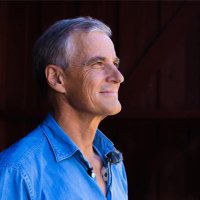




It's out!! I am so excited to share this review addressing popular beliefs and claims within popular media around Zone 2 training. I feel very privileged to have worked on this with my amazing co-authors, Dr. Brendon Gurd, Andres Moran-MacDonald, and Martin Gibala Social media has


Steve Magness Thanks for sharing our meta: link.springer.com/article/10.100… Given the discussion in your feed I add som clarity. We did compare the effects of ET HIT and SIT when adjusting for time spent INCLUDING warm up, recovery and cool down. We also compared effects in different fitness levels.

Latest from Anna Krook and team! Down-regulation of human-specific lncRNA TMEM9B-AS1 in skeletal muscle of people with type 2 diabetes affects ribosomal biogenesis | Science Advances science.org/doi/10.1126/sc…
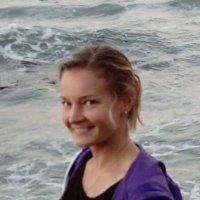
Howard Luks MD Iñigo San Millán After reading the paper, I didn't see any evidence of "dysfunction". They didn't normalize respiration to mitochondrial volume but to the mass of the muscle tissue. Haven't we known since the 60s that trained muscle has more mitochondria, hence high respiratory capacity..?
